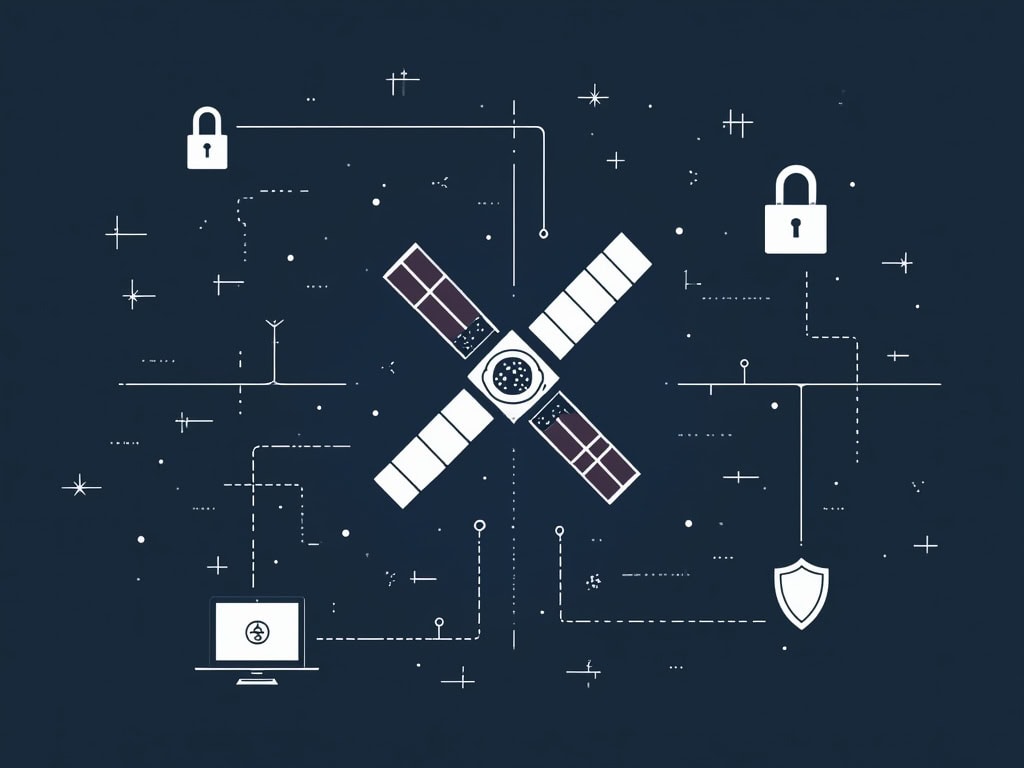Space Cybersecurity: Addressing Threats in an Expanding Satellite Landscape

Space Cybersecurity Emerges as Critical Frontier Amid Growing Satellite Threats
With over 12,000 active satellites orbiting Earth and thousands more planned, space-based systems have become prime targets for cyberattacks, creating unprecedented security challenges for both government and commercial operators. Organizations must now include orbital assets in their comprehensive cybersecurity risk assessment strategies.
The rapid expansion of satellite networks, from SpaceX's Starlink to Amazon's Project Kuiper, has transformed orbital space into a complex web of data pipelines and interconnected Internet of Things (IoT) devices that rivals terrestrial datacenters in scope and vulnerability.
Evolution of Space-Based Cyber Threats
The landscape of satellite security has changed dramatically since the Cold War era. While early threats primarily involved signal jamming and television piracy, modern attacks target sophisticated ground control systems, communication links, and the satellites themselves.
The 2022 cyber attack on Viasat's KA-SAT network demonstrated the devastating potential of space-based cyber warfare, disabling thousands of modems across Europe and disrupting both civilian and military communications. This incident highlighted the need for robust enterprise cybersecurity measures in space operations.
Multiple Attack Vectors Present Complex Challenges
Space systems face threats across three key segments:
- Ground segment vulnerabilities in control centers and terrestrial networks
- Link segment susceptibility to signal jamming and spoofing
- Space segment exposure to malware and unauthorized command injection
Legacy satellites pose particular concerns, as many lack processing power for modern security software and cannot receive post-launch patches. The global supply chain for space hardware and software creates additional risk through potential backdoors or compromised components.
Building Orbital Cyber Defenses
Industry leaders and governments are implementing comprehensive security measures:
- The U.S. Space Policy Directive-5 establishes cybersecurity principles for federal space systems
- The EU's NIS2 Directive classifies space as critical infrastructure requiring stringent protection
- Advanced technologies including quantum encryption and cyber digital twins are being deployed
- Machine learning systems monitor for anomalies both on ground and in orbit
According to NASA's Cybersecurity Standards (https://www.nasa.gov/centers/ivv/services/iccp/index.html), implementing robust security protocols for space systems requires a multi-layered approach combining both traditional and space-specific security measures.
The security of orbital assets affects everything from GPS navigation to emergency services and financial transactions. As our reliance on satellite technology grows, understanding and addressing space cybersecurity becomes increasingly critical for businesses and organizations across all sectors.

